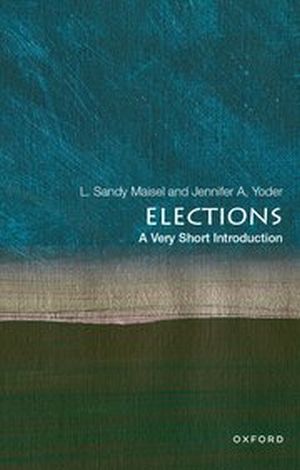
Most citizens know how elections work in their own country, but not all elections are created equally.
Elections occur in all democracies and many non-democratic regimes as well. They determine who will hold public office and who will have the power to govern. They connect citizens to those whom they choose to make decisions on their behalf and who regulate their behavior. This book looks comparatively at the key aspects of elections. In addition to describing types of electoral systems, it discusses the implications of the various systems for the administration of elections, voter participation, representation, government stability, and other factors. Where appropriate, it examines efforts to reform a nation's (or a sub-national entity's) system, exploring the impetus for reform and the effects of those reforms when implemented.
Elections: A Very Short Introduction asks readers to view election systems critically and comparatively, to understand that all democracies do not function in the same way, to think about the reasons their system functions as it does-for good or ill-and to consider alternatives with which they might not previously have been familiar. L. Sandy Maisel and Jennifer A. Yoder lay out the variety of electoral systems in the broadest terms- single-member district plurality systems; proportional systems; and mixed systems. They discuss voting and the various electoral institutions used to implement the ways in which voting occurs and how votes are tabulated across electoral systems. They analyze the consequences of each system, first for the functioning of the democracy, and second for the electoral strategies politicians employ, closing with a discussion of reforms under consideration in a number of countries.